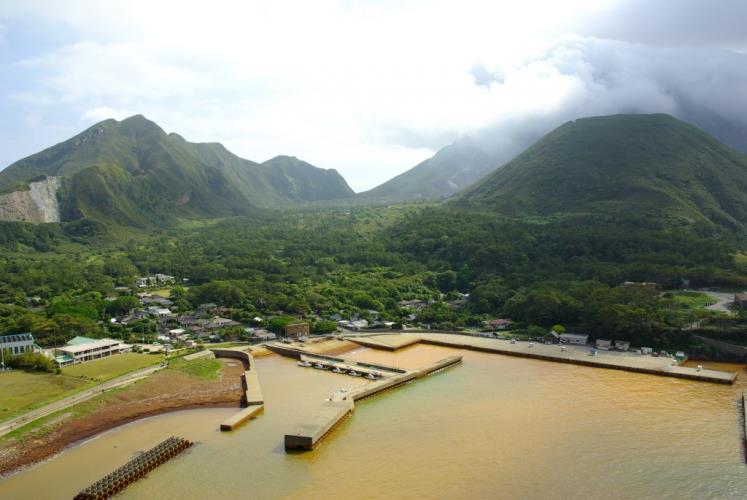Japan-based writer and traveller, specialising in design, lifestyle and travel journalism. Ron previously served as an editor of MING Magazine, ELLE Decoration and CREAM.

Mishima Village in Kagoshima Prefecture
Mare, this season’s 15-minute drama in the morning on NHK, narrates the story of primary school student Mare, who had to move to a small town in the Noto Peninsula of Ishikawa Prefecture, due to her father’s failure in business. Witnessing her father putting the family in plight for chasing his own dreams, Mare had given up on her dream of becoming a baker and decided to keep her feet on the ground to become a civil servant with stable income. But since moving to the small town, her friends reignited her passion and her dream. I was particularly impressed by the first half of the drama, when Mare, who speaks standard Japanese, tries to learn local dialects to fit in to the village life. Mare’s family was viewed as outsiders and was not accepted at first, but they gradually gained recognition from the local residents with continuous hard work. The village has also become Mare’s home in her heart.
Although Mare is an imaginary story, it reflects the current situation of many villages in Japan. On the one hand, population in Japan’s rural areas is dropping due to ageing and low birth rate. The costs to handle vacant houses are high, so people moving away would just leave the houses unattended. To maintain the sustainability of the villages, welcoming newcomers is the inevitable. Villages across Japan try to attract immigrants in different ways. For example, Mitsue Village in Nara Prefecture offers a maximum of one million Japanese yen sponsorship to immigrants to refurbish vacant houses; people get a cow after living for three years in Mishima Village in Kagoshima Prefecture; some villages even hold blind date events hoping that people from the city would stay in the village after marrying villagers.
On the other hand, since the Tohoku earthquake in 2011, Japanese economy has not seen any improvement. People living in the metropolitan started casting doubt on their concept of an ideal lifestyle in the face of unexpected disasters. Many have started to think that they can have more free time if they only work for basic necessities and be self-sufficient, instead of spending all their time at work for consumption. As a result, many people living in the metropolitan are conceiving to move to villages. Hikari Mimura, who writes columns for online magazine colocal.jp, moved to Hitoyama of Kagawa Prefecture with her husband and her five-year-old daughter after she resigned from her job in an IT firm in October 2012. She started learning to plant olive trees. There are demands for what she supplies. It sounds ideal, but it is a conundrum on how to interact with local residents.
There are plenty of groups organising all sorts of events to build bridges of communication for villagers and outsiders. For example, an organisation named Cocolococo assists villages across Japan to host external activities to solve social issues, and provide opportunities for outsiders to strengthen understanding of these villages. In June, a class was held in the town of Kiso in Nagano Prefecture about its local delicacy Hobamaki Dumplings. In late July there was a “Time for Iwate” event held in Tokyo, in which Iwate residents promoted local activities to Tokyo residents. Apart from that, proposals for villages to deal with various issues can be found on the website of Cocolococo.
When I was researching for information to write this article, I discovered that a number of newcomers to villages had moved back to metropolitans because they cannot adapt to the new lifestyle, while some are taking roots in the villages – in addition to farming, they also run cafés or hostels. Some people rediscovered themselves in villages when they feel uneasy to live in cities; while people who lived in villages for a long time would move back to cities. This culture of migration has demonstrated the versatility of Japanese livings, allowing people of all kinds to find a place they are most comfortable with. It seems that Hong Kong and Macao lack this kind of versatility.